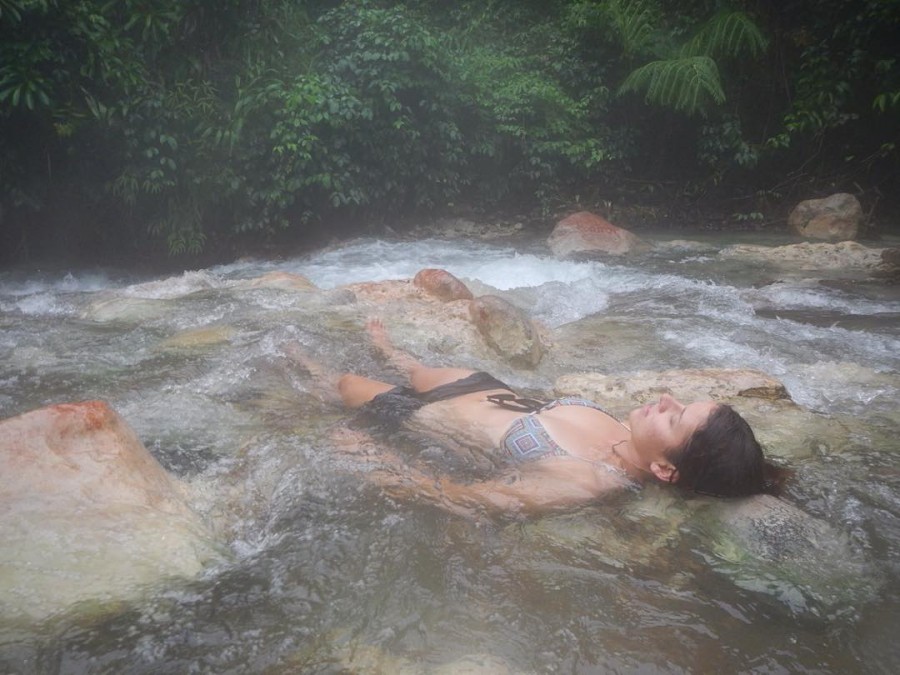After getting back to Sydney late on Sunday night, I spent Monday catching up on sleep and doing general chores like laundry and unpacking my bags. It was nice to have just under two weeks in Sydney to play catch up on some emails and planning for the last few months of my scholarship. Jayne and I found ourselves doing quite a few dives at her favorite spot, Chowder Bay. We actually found quite an array of interesting fish life, from over 6 anglerfish in one dive to 3 ornate ghost pipefish (a massively exciting moment in my diving career), to all sorts of seahorses, nudibranchs, and even two different blue-lined octopi on a night dive! I was incredibly grateful to Jayne for taking me on so many dives, really allowing me the time and energy to keep working on my photography skills while also seeing some creatures I’ve wanted to see for years. In between dive days, Jayne and I would run all sorts of errands around Sydney, giving me a more in-depth look at the city. Jayne also showed me some tricks on photoshop to edit/enhance photos in post, further developing my photography skills (which I sorely needed).
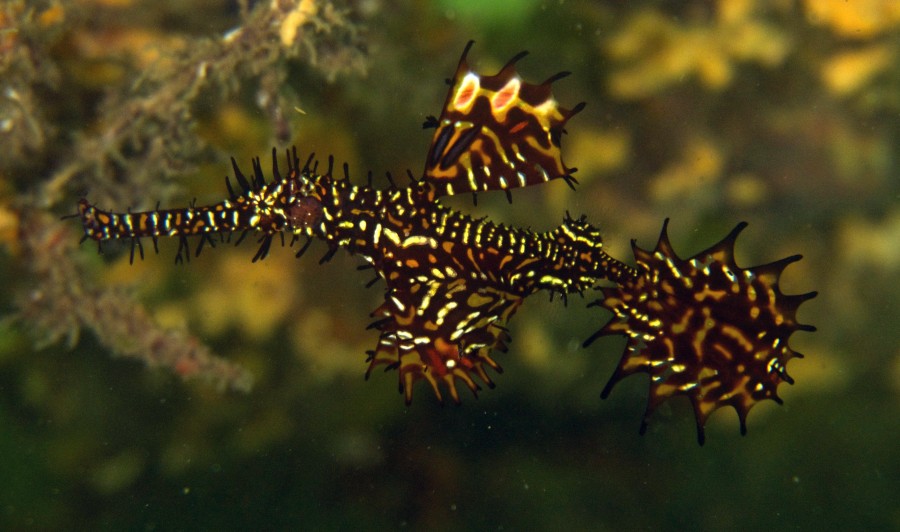
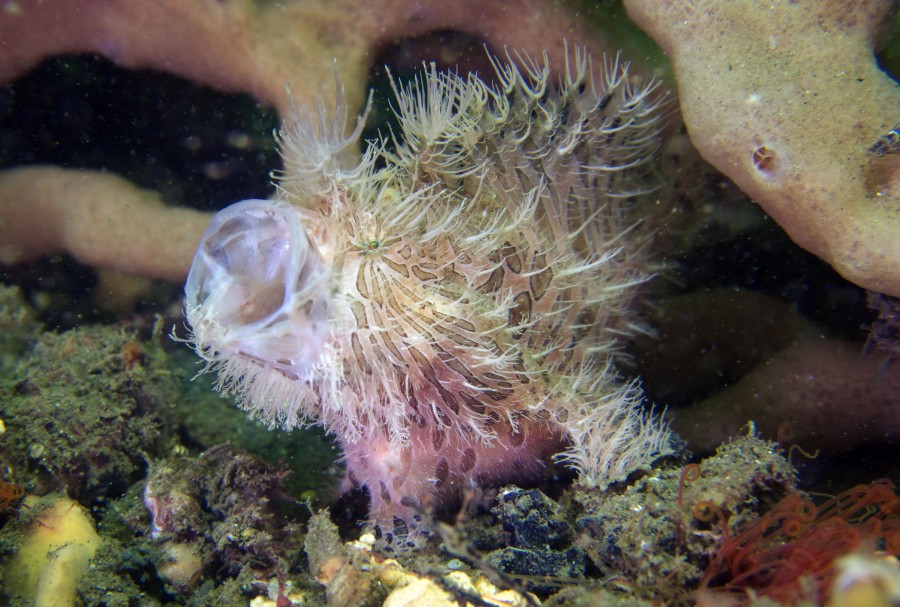
Before I knew it, my two weeks in Sydney were coming to an end and I was packing my bags in preparation for my next adventure. Papua New Guinea! This trip had a very surreal feeling to it, as it had been planned pretty last minute so still hadn’t sunk in that I would be going to such a pristine diving destination. Papua New Guinea was a place I had always dreamed of going to one day, but I never expected to be getting to so soon. Jayne had coordinated a dive trip to Walindi Resort, a dive resort in Kimbe Bay, owned and operated by the Benjamin family (Cecilie Benjamin is a recent inductee to the Women Divers Hall of Fame that I met before the start of my year at Beneath the Sea). I would be spending the first week diving with Jayne, Valerie Taylor, and several other of Jayne’s friends who were coming for the week. My second week in papua New Guinea, I’d be volunteering at Mahonia Na Dari, a NGO established to promote marine conservation and education to local school children around West New Britain. All in all, it was going to be a great 2 weeks of diving and marine conservation and I couldn’t wait!
We flew from Sydney to Hoskins on Saturday, which was quite the experience. We had a very short turn over between flights in port Moresby and spent half that time impatiently waiting in an immigration line and the other half running between the international and domestic terminals of the airport. I guess it’s not really an adventure if it doesn’t involve some level of drama at an airport! Regardless, we made our small plane to Hoskins, and I eagerly peeked out of the window as we flew over the lush green islands with tall volcano peaks reaching up towards the skies. This was by far my most “exotic” destination and the prospect of such a foreign culture/lifestyle was a large part of my interest in getting to Papua New Guinea. After landing at Hoskins airport, we gathered our bags and found the bus driver from Walindi who was picking us up. We loaded the bus and started the hour-long journey through West New Britain, through Kimbe Town, to Walindi Resort. I found myself staring out of the bus window at the endless rows of palm oil trees, with occasional glimpses of the ocean past the edges of the plantations. The countryside was lush and verdant and I couldn’t wait to learn more about the history and culture of Papua New Guinea. The half-paved road added to the experience and our bus driver deftly navigated around various potholes and imperfections in the road, giving us an Indiana Jones-esque feel to the journey. Before I knew it, we were pulling up at Walindi Resort, where the helpful staff got us checked in and we met Cheyne, Cecilie and Max’s son who is now largely running the resort. We settled into the delightful bungalows that would be our new home and headed to the main deck for a delicious dinner, where we made plans for the upcoming week. Walking back to the bungalows was akin to talking a walk through a remote tropical jungle because of the sounds of frogs, crickets, and other unknown insects in combination with the lush landscaping that emulates the local vegetation. I was beyond stoked to get out tomorrow on the water, eager to explore the untouched marine world of Kimbe Bay.
Sunday was our first day of diving and after a delicious breakfast we headed to the dive shop to get our gear sorted and out on the water for the day. We headed out to the first site (with a surprise visit from a pod of spinner dolphins on the boat ride) which was a gorgeous site called Vanessa’s Reef – We had a fantastic dive on the healthy reef, with tons of hard corals and amazing fish and creatures to be seen. After a surface interval and delicious lunch spread while anchored just of Restorf Island, we hopped in the water to do a shallow dive on the sloping wall. With the eagle eyes of our two guides, we found all sorts of weird creatures, from mantis shrimps to longnose hawkfish to cuttlefish and octopus. By the time we had finished, it was late afternoon and we headed back to Walindi for a relaxing evening and dinner at the resort.
Monday was another day of diving for us, with 3 dives slated for the day. After breakfast we headed down to the shop and loaded on the boat to head out to our first site, Inglis Reef. It is a deep sea mount, whose top is at about 18 meters, with loads of anemones, hard corals, and schools of fish– a diver’s paradise! We ended up doing our first two dives at Inglis Reef because it was so good, spending well over an hour each time photographing everything and anything. After another delicious lunch on the boat, we headed to a Japanese Zero fighter laying in about 45 feet of water close to shore. It was sunk during WWII and has been lying untouched on the sand ever since, now a remarkable dive site to visit. We spent well over an hour at the wreck, checking out the marine life that has grown up on the past 70 years. In addition, I found a small group of cleaner shrimp to clean up a semi-infected cut on my finger (it’s amazing how much the ocean can be used for!) It was another successful day of diving and I was loving the reefs here in Kimbe Bay! They were by far some of the most pristine and healthy reefs I’d seen in my diving career and I was greatly encouraged to see that there are a few places in the world whose reefs aren’t degraded.
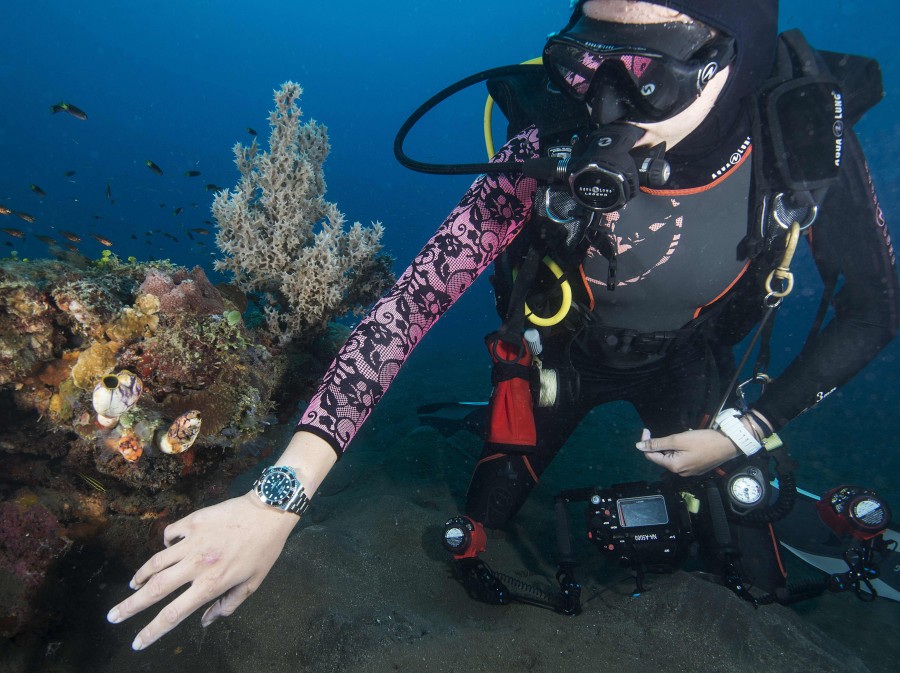
Tuesday was a bit of a gloomy morning but still, we headed out to the dive sites just the same, all excited for yet another day of diving. We headed out to Bradford’s Reef, one of the furthest dive sites but another seamount with incredible life. We rolled into the water and descended to the top of the mount, which lies at about 21 meters. From there, we descended down to about 30 meters where our guide attracted in 10 grey reef sharks by shaking a plastic bottle full of rocks (a trick many of my coworkers used in palau). In addition to the sharks, there was a large school of barricuda and a large school of horse-eye jacks circling around, with schools of small and colorful reef fish floating just off the hard corals. This was by far my favorite site, and I was saddened to end the dive. After a surface interval we headed to our second site, a sloping reef wall with the possibility of seeing pygmy seahorses and large schools of razorfish. I headed with the group to check out some sea fans for itty-bitty pygmy seahorses. As we descended, I had some difficulties with my ears, but managed to get them to equalize as I slowly headed down to 25 meters. After 20 minutes of searching, we unfortunately couldn’t spot any of the seahorses and continued along the wall, with heaps of good sea life hanging out over the blue. After surfacing we headed back to the resort to enjoy lunch at Walindi and then go to take a quick tour of Mahonia Na Dari, the NGO I’d be working with my second week in PNG. We drove with Cecilie over to Mahonia Na Dari where we met with Nellie, Siwa, and Somie, the three heads of the NGO. we discussed how the NGO got started, what types of projects they work on at the center, and what I’d be helping with during my week of work. It was inspiring to meet such dedicated, motivated, and passionate people, inspired to teach and empower local schoolchildren. We then took a small tour of the premises and it was during the ride home, I began to think something was amiss with my right ear. What had started as a dull, throbbing pain and discomfort in my right ear had now turned into a sharp, overpowering pain that was overwhelming. I headed straight for my room and tried to get some sleep, but the pain was too much to bear, so I went to see if Jayne had any painkillers, and luckily she had some anti-inflammatories that I immediately took, desperate to ease the pain and throbbing. Luckily, within 30 minutes the pills kicked in and the pain eased substantially! At dinner, I got some antibiotic pills from Cecilie to take, just in case of potential ear infection and I made my way to an early bedtime.
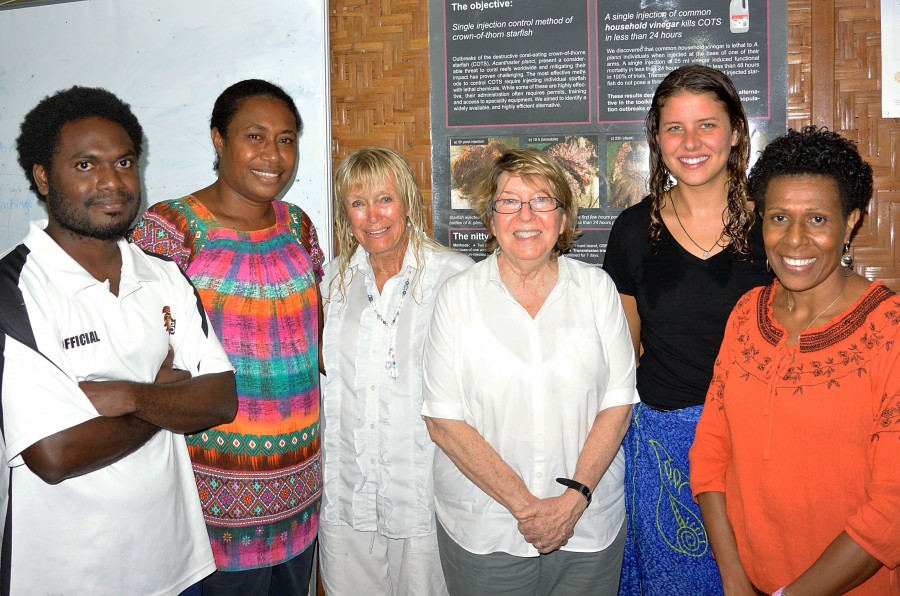
Wednesday, Thursday, and Friday I decided to not dive (obviously) because whatever had happened to my ear, it needed to rest and the pain was still pretty high. I had a constant throbbing sensation and could barely hear out of my right ear with a constant ringing. I spent my days resting in bed, monitoring my pain level and hoping that it didn’t increase. Fortunately, the combination of antibiotics and painkillers seemed to help a ton, and each day the pain lowered, although my hearing was still quite dampened and the ringing was loud as ever. Each evening, I enjoyed dinner with the group and listened jealously to their stories of diving from the day. I was heartbroken to not be in the water, but I knew it was for best to stay dry and let my ears heal fully. I didn’t want to risk serious, long-term damage for a day of diving.
Saturday was the no fly day for Jayne and the group, so we spent the morning exploring a local market in town, getting the chance to see a bit of Kimbe and the local life. After lunch, a few of us took a trip to Hot River, a freshwater river that ran down the side of the nearby volcano and whose waters were heated by the volcanic activity underground. The river was always at least 30 degrees Celsius, making for an awesome natural spa. We soaked in the water for over an hour before deciding to head back down the two-track trail to the resort. That evening, the group enjoyed one final dinner before everyone headed to their rooms to finish packing (besides me). Although supremely bummed that I missed out on half of my diving days, I was grateful to have seen some incredible sites and hoped that my ear would be back to normal sooner rather than later.
